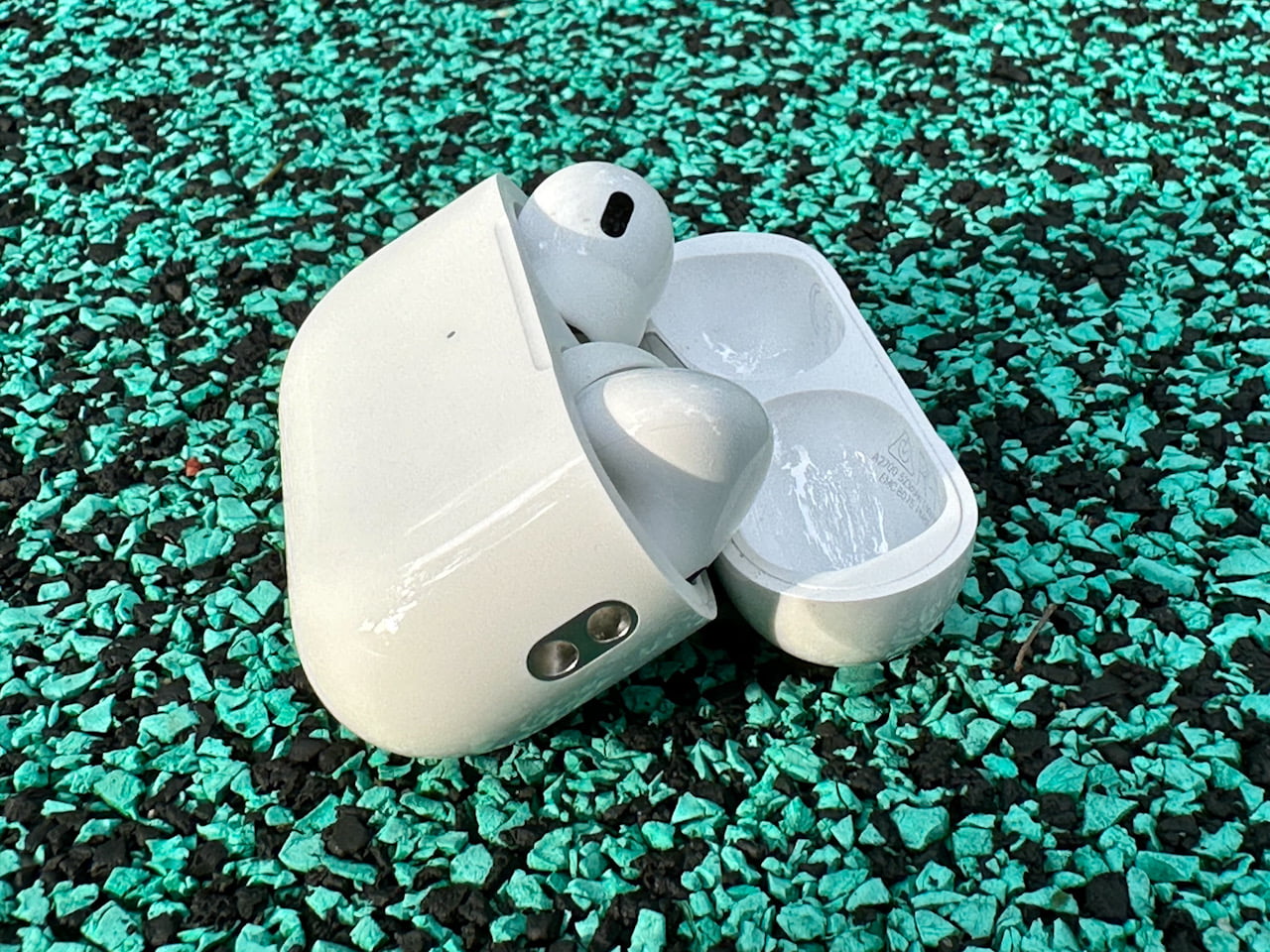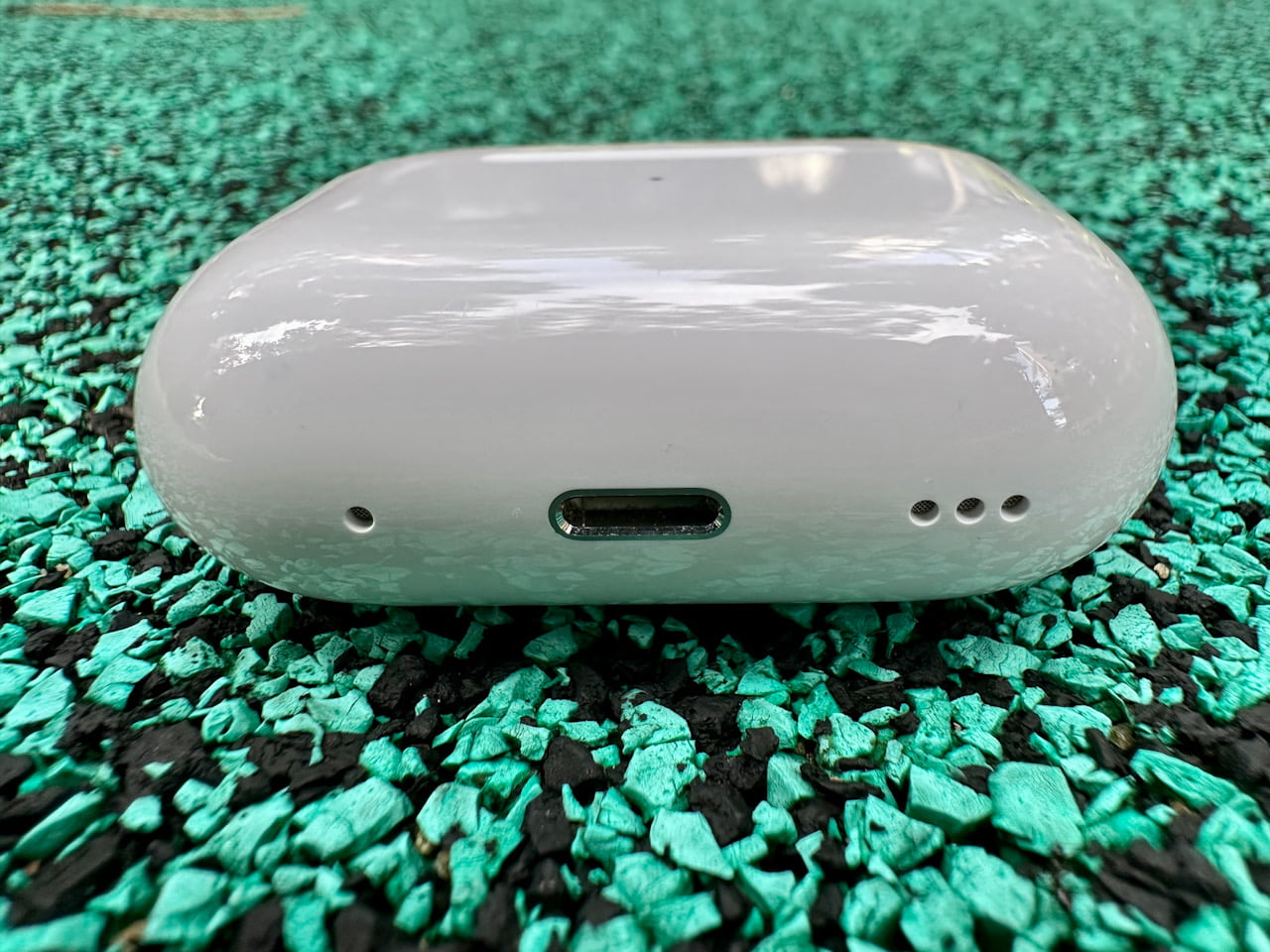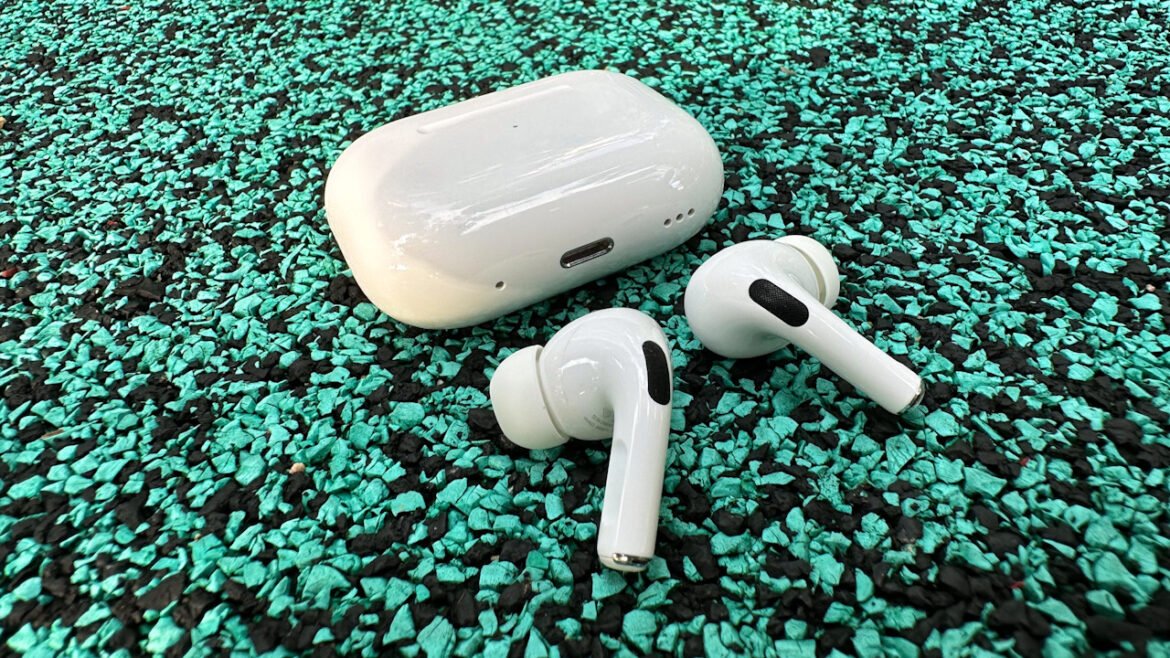When it comes to iPhones, shopping for True Wireless Earbuds can be a bit of a headache if you have audiophile leanings.
It’s not that AirPods don’t sound good–the thing is that the head-fi meta is a little more puritanical about audio. Sure, the fact that this is Bluetooth audio makes that postulation shaky, to say the least, but wireless headphones have transcended the realms of ‘mediocrity’ and into the dominion of grudging acceptance.
In this respect, AirPods have a disadvantage: the only high-resolution codec it supports is AAC. To Apple’s credit, they simply DGAF and stick to their guns. But is that enough?
Recently, I had quite a bit of fun with Huawei’s FreeBuds Pro 2 and Final Audio’s ZE3000 (sorry that I sound like a broken record) and these have me convinced that wireless earbuds are more than acceptable for reasonable people who are particular about audio quality.

The latest AirPods Pro retains the distinctive form factor.
You don’t need extended listening to gather that the second-generation Apple’s AirPods Pro aren’t in the same league in terms of pure reproduction of sound, but the truth is, it doesn’t need to be.
As I found out with time, good earbuds aren’t purely about the audio quality. Having carried the Huawei FreeBuds Pro 2 alongside the AirPods Pro every day, I found myself gravitating towards the AirPods as the days went by.
For one, the active noise cancelling (ANC) on the AirPods 2 is quite stellar, and the proof is in the pudding: at home, it obliterates the drone of construction; on the move; it tames the wail of the MRT; on the pavements, a cyclist crashed into me because I didn’t hear him ringing his bell.
Sonic bliss translated into a Sonic Boom into my back, and that was the point where I developed a deeper appreciation for the AirPod Pro’s Adaptive Transparency mode and started to use it almost exclusively whenever I’m on the move.
For context, I absolutely hate ‘hear through’ because most implementations feel unnatural and diction is often a problem. But Apple’s approach sounds more natural than most and I can easily hear what people are saying, which is not something you can say for most other solutions.
What’s more, the noise-cancelling tech works fairly well against wind buffeting, be it listening or speaking. The microphone is a little better at this; you can still hear the occasional wind noise, but so far the microphone has managed to suppress the most annoying noises in windy environments, and your voice comes through loud and clear.
‘It just works’ as they always like to say, and it’s almost true for Seamless Switching, which is a key feature that allows you to transition from one device to another when things happen; e.g. a call comes through on your phone. I’ve had instances where it didn’t quite work, but these are rare. But don’t expect magic, of course. I tried to accept a call with the phone while listening to music on YouTube on my Mac and it will not automatically revert the connection back to the Mac when the call is done–you have to tap on a pop-up window or manually change the source. Granted, this is not the ‘normal’ way of doing things, but this is just to point out that they’ve not covered all the bases yet if that’s what you’re expecting.

You can attach a lanyard now.
The sheer level of customisation and accessibility options are what make these earbuds tick, and the funny bit is that adjustments for sound quality are ultimately limited to three options–balanced, voice or a high-frequency boost. But I guess this reinforces my point that it’s not all about the audio quality.
And there are always little easter eggs here and there; Announce notifications where Siri reads out messages to you and you can speak replies are pretty convenient but I suspect that it requires a commitment to do things that way. You can add an audiogram to the Health and AirPods will adjust accordingly to accommodate your hearing.
Simply put, technology is what makes the AirPods Pro; effects like Spatial Audio aren’t necessary for a great listening experience, but there are instances where they certainly sound impressive, especially for movies.
Rightfully, most people will be concerned about its sound quality and how it measures up to the competition given its price tag. In a nutshell, it’s not an audiophile’s choice of headphones. It seems to rely on DSP but not in a bad way. What it lacks in terms of absolute detail, it makes up in terms of definition, presence and layers. There’s depth and a sense of positioning that’s quite well executed. The bass hits hard and tight too, and you know that’s a definite crowd favourite. It won out against the FreeBuds Pro 2 for me (when pairing with an iPhone), so you know that it can still hold its own in the sound department.

My opinion on the speaker changed from ‘seriously?’ to ‘OK, I can see why.’
If I have any complaint, the battery life of the case is probably a weak point; for some reason I have to charge it fairly frequently (once every two to three days to be safe) The battery life of the earbuds is fine and I can safely get more or less five hours out of them. I don’t find the speaker on the case particularly useful, to be honest, though I can grudgingly concede the point that someone who constantly misplaces their things may find it useful on occasion.
The elephant in the room in all of this is that many of the vaunted features require the use of an Apple device, but given how tightly it’s integrated, there really is no need to make non-iOS users happy. But for those already invested in the system, there aren’t many that are more capable.
- Apple AirPods Pro Gen 2 - 7.5/107.5/10
Apple AirPods Pro Gen 2 ($359)
Features
✅✅✅✅✅✅✅✅☐☐
Value Proposition
✅✅✅✅✅✅✅☐☐☐
Performance
✅✅✅✅✅✅✅✅☐☐
Design & Build Quality
✅✅✅✅✅✅✅☐☐☐
It’s expensive for sure but it’s pretty good in every department too. If you don’t have an iPhone, it’s no big deal, but if you have one, the second-generation AirPods Pro is a very attractive proposition.
